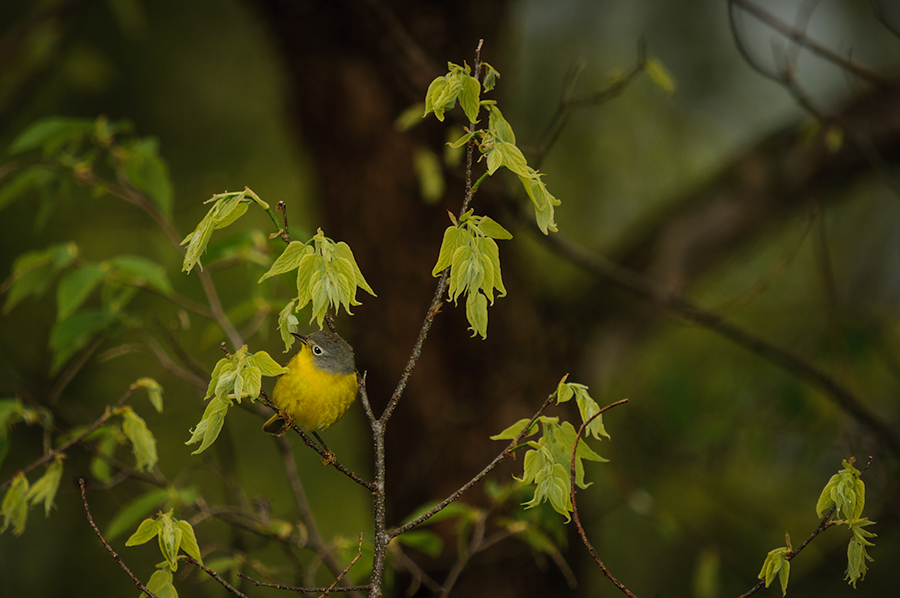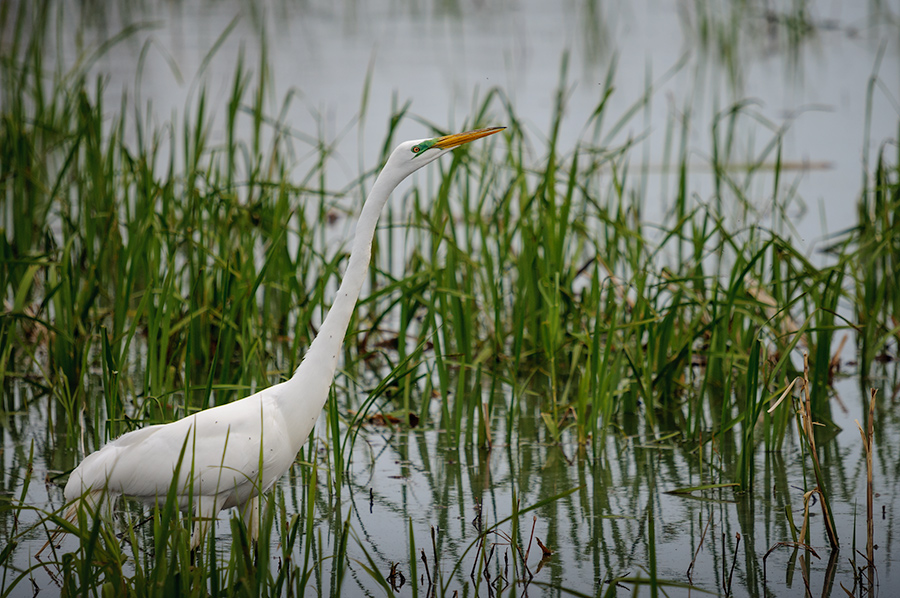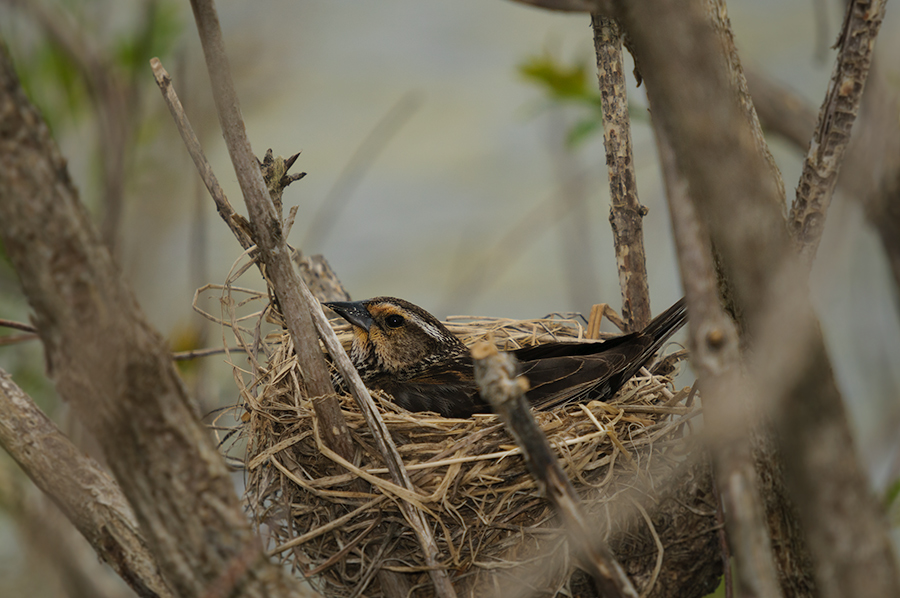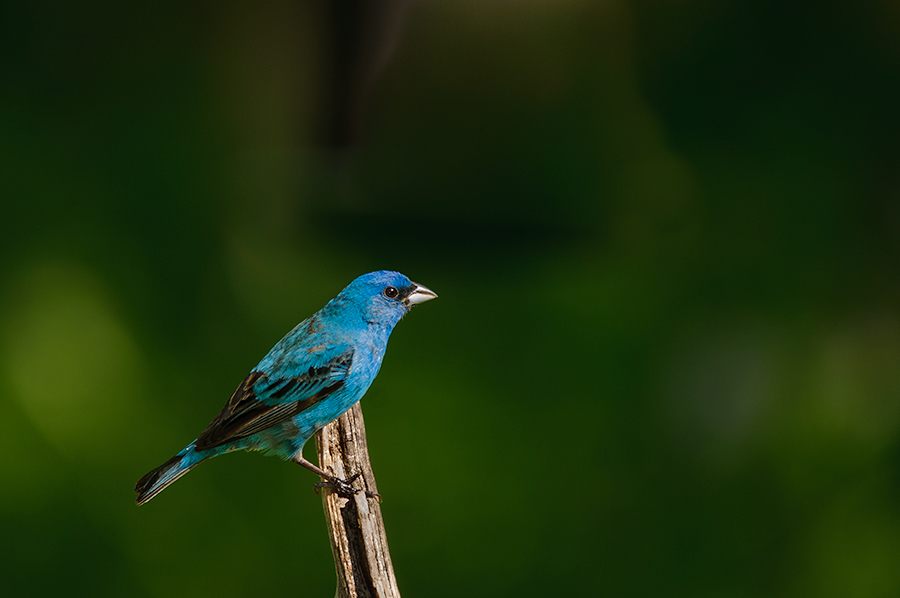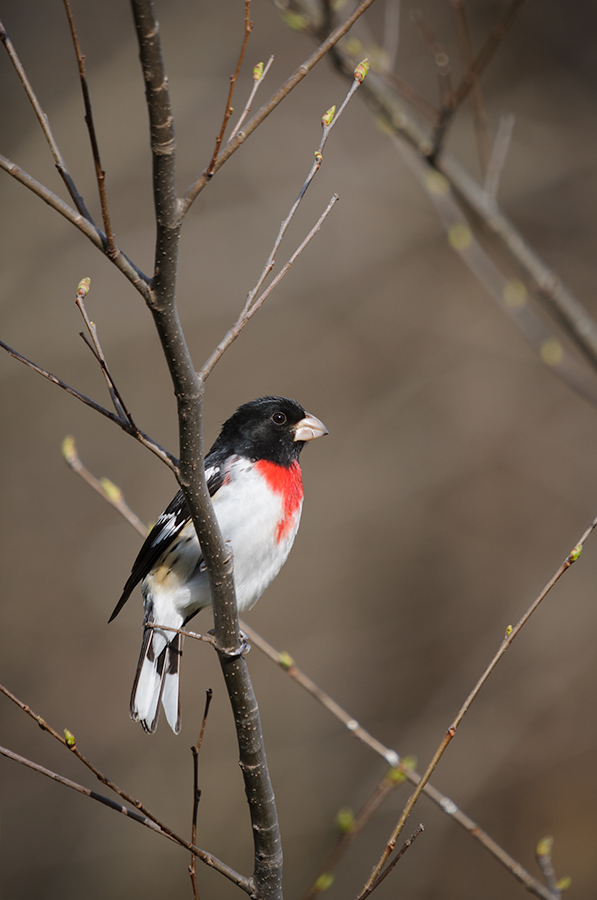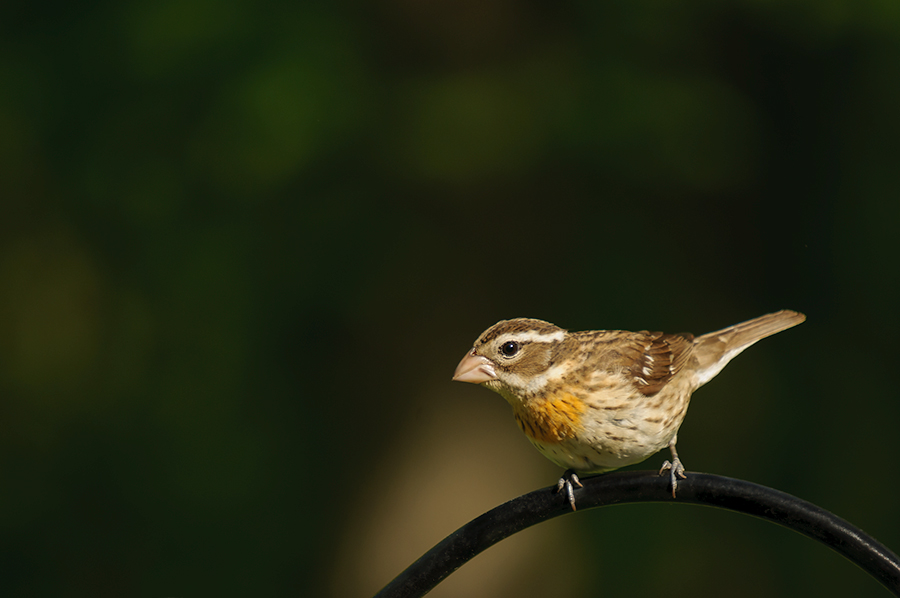
I spent some time this weekend in the “Swiss Valley”, a nature preserve that features 476 acres (193 ha) of woodlands and prairie, just a few miles southwest of Dubuque, Iowa. Catfish Creek meanders through the valley and the whole preserve is a great area for watching wildlife, fishing, or other outdoor activities. I have been there before but mainly in late fall or winter. The preserve has also a nature center with many nice displays about wildlife, ecology, and history of the area and the Dubuque County Conservation Board has their administrative office there.
I had some nice conversation with Jenny, a Naturalist of the County Conservation Board, and within a few minutes I learned a lot about the possibilities that the preserve may have for wildlife photography. I don't really know why I have neglected this area in the past... :-?
I hiked a little on both days and it didn’t take long until I saw a Yellow Warbler and an American Redstart. I have introduced both birds here in my blog recently. While crossing the creek on one of their small suspension bridges I saw this Eastern Kingbird perched on a branch of a big oak. It is one of the larger flycatchers and with all the insects near the river Swiss Valley seems to be a perfect habitat. Despite its name the Eastern Kingbird can be found almost from coast to coast in the U.S. and Canada.
Let’s talk photography. The photo has a little bit of a background problem. I was shooting without a tripod through a gap between some other branches and didn’t have much space to change my position. I’m not a fan of the bright spots between the leaves of the oak. First I fired a few shots without flash and then the Kingbird didn’t move and gave me some time to mount the speedlight to the camera. However, I finally liked this photo, which was made without flash, the best. Not so much because how the bird was lit, but because of its gesture, with the head turned to the side.
